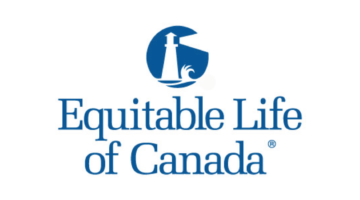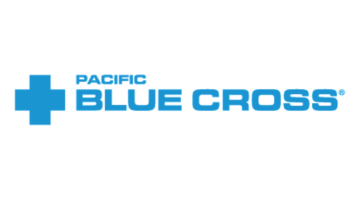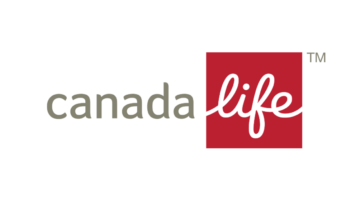Flex Plan
Flex Plan – How it works
Flexible benefits plans offer employees across all industries the ability to choose the benefits they want and need for themselves and their family. Employees are assigned flex credits which they can then spend on enhancements to their core benefits plan.
Structure of a Flex Plan
- Modular – This type of flex plan has different modules or levels of benefits employees can choose from that are typically pre-determined by the employer. Unused credits can usually be assigned to a health spending account for specific healthcare related purchases.
- Core-Plus – This plan design has a mandatory level of core benefits such as life insurance, short and/or long-term disability insurance and basic health insurance. Employees are given credits that enhance the core coverage of the plan.
- Cafeteria Style – This type of plan design is by far the most flexible as the employees are given a buffet of benefits they can choose from until they have used all their credits. These benefits typically include options for life, critical Illness, long and short-term disability insurance as well as health and dental coverage. Typically, only large employers offer this type of plan.
Implementing a Flex Plan
Implementation of a flex plan can be a complex, time consuming endeavor for any company large or small, that is why it is important to have competent, experienced benefits advisors to partner with, and Advantage Pacific brings that to the table in every meeting.
Considerations when setting up a flex plan can include surveying your workforce to see what benefits are most in demand, what level of flexibility each benefits carrier is offering, what add on services your benefits advisor is offering like third party administration and guaranteed response times.
Contact us today for a no fee no obligation Flex Quote.
Administrative Services for your Group Benefits Plan
One service we provide that has incredible value to our clients is administrative services, and we provide this service at no extra cost when your group is placed with one of our preferred carriers. You need to focus on your business, not filling out paperwork or answering questions on what benefits are available in your group plan, at Omineca Financial Services we take the administrative burden off the shoulders of you and your office staff.
Authorized distributor for The Canada Life Assurance Company, Equitable Life Insurance Company, The Manufacturers Life Insurance Company, Pacific Blue Cross, Sunlife and Benecaid. Manulife & Stylized M Design, and Stylized M Design are trademarks of The Manufacturers Life Insurance Company and are used by it, and by its affiliates under license.






